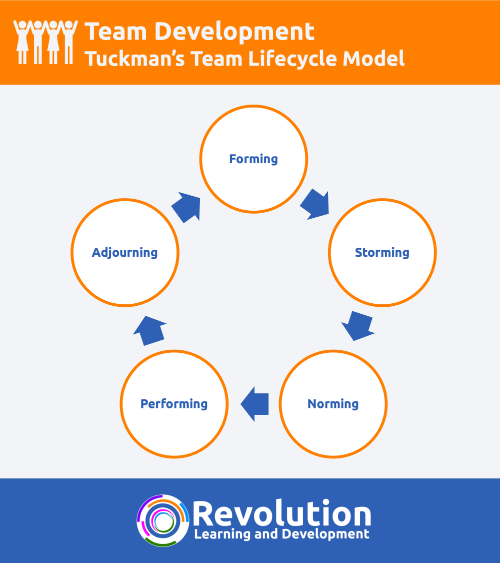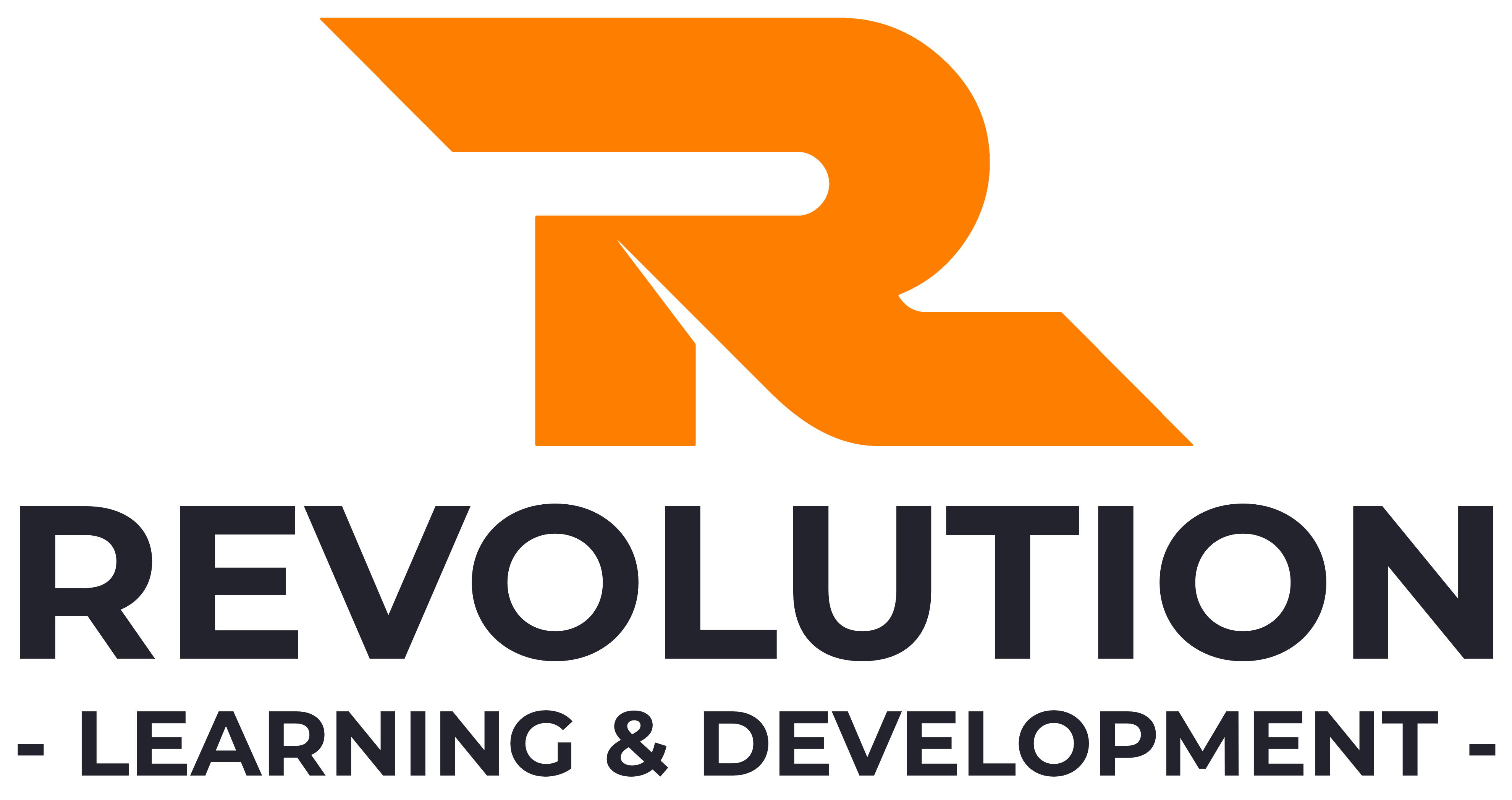Background
In 1965, Dr Bruce Tuckman published his Team Development Lifecycle Model. Also known as the Forming, Storming, Norming and Performing Model, the model depicts a series of stages that a group will go through as they develop into an effective team.
Team Development Lifecycle Model helps leaders and managers understand what they need to do to get a group of people from just a group to a high performing team and what behaviours they can expect to see on the way.
Team Development Lifecycle Model
The Team Development Lifecycle Model has 4 stages in its original format. These stages are:
- Forming
- Storming
- Norming
- Performing
He later added a fifth stage called Adjourning in the 1970s. This fifth stage suggests that as a team changes, for example, a team member leaves, a new team member joins or the team changes direction, the team will go through a new stage and demonstrate a set of behaviours at that stage.

Forming
The first stage of the Team Development Lifecycle Model is Forming. At this early stage, a group of people are selected and placed together. They will eventually become a team.
When they meet for the first time, the individuals will observe the behaviour and actions of everyone else. They will use perception to decide who they like and don’t like.
This process takes just a few seconds. You may see people beginning to gravitate towards those people that they like and small groups begin to form. Those with quieter or shy personalities may find themselves on the outside. Those with stronger personalities may be leading the charge already – or actively being avoided!
At this stage, the leader needs to quickly begin to communicate their expectations to the team. They need to be clear about what the team is there to do, what the leaders expectations are of behaviours, performance, rules, policy and procedure.
Failure to do this now will mean the team has no constraints to work in and it becomes really easy to lose control of the team before you even get started.
Storming
The second stage of the Team Development Lifecycle Model is Storming. You may assume at this stage that the team turns aggressive and fighting breaks out. While this may on rare occasions become the case, the reality is that the team simply begin to jostle for position. A natural hierarchy begins to form and maybe an unofficial leader begins to emerge.
Cliques begin to form and the group may begin to separate into smaller sub-groups. The team begin to lose sight of the goals that were set earlier as they focus on their colleagues.
This stage happens because once the team has been given their task or direction, the individuals at that point begin to understand their own value to the team. Some think that it’s their area of expertise. The others will be happy to sit back and let others take over because it isn’t theirs.
The team will probably at this point begin to test the tolerance of the rules, policy and procedures that were set earlier. They will want to know how far the leader can be pushed before they step in to correct the course. This essentially becomes an unwritten set of rules that the team will follow.
At this stage, the leader needs to reiterate what they are there to do and begin to allocate individual tasks. If the team has been assembled correctly, the leader will know what the strengths are of each team member and will know who will be doing what tasks already.
The leader will need to be stead-fast with the rules, policies and procedures that they created – showing that there is no tolerance at all.
Norming
The thirst stage of the Team Development Lifecycle Model is Norming. As the name suggests, things begin to normalise at this stage. The hierarchy is formed and people know where they sit. The team now know each other a little better and know each other’s strengths and areas for development.
They begin to get down to the task at hand and begin to make progress towards the goals and objectives. They still look to the leader and also the more confident people in the team for reassurance that what they are doing is correct.
The leader begins at this point of emerging problems. This may be seen through behavioural changes where some team members are much more negative than they were when the group first got together. For others, it may be under-performance.
The leader needs once again to reiterate the direction and goals to the team and work with individuals in the team to provide the help and support that is required.
Where negativity or under-performance exists, the leader should establish why and attempt to address this with the individuals.
Performing
The forths stage of the Team Development Lifecycle Model is Performing. At this stage, the team is excelling in their tasks and are demonstrating the characteristics of an effective team.
The individuals are helping and supporting each other to achieve their goals and communication is free-flowing. There is no adversity or negativity, only support and encouragement.
The leader just needs to keep this momentum providing adequate communication and minor course adjustments. Getting too involved at this stage will likely cause upset and therefore a backward step.
The leader should use their time for coaching and development, helping the team members build their skills and prepare for the next stage of their career development or the next stage of work that the team needs to go through.
Adjourning
The final stage of the Team Development Lifecycle Model is adjourning. This stage occurs when there is a change in the team personnel or the team’s direction.
For example, a team member leaves and a new member joins. The team mourn the loss of the person that left, then more back to Forming as the cycle begins over again. The same is the case if the team grows with new members joining. The team mourn how things were before the cycle begins over.
Another reason for this stage is if and when the direction of the team changes. As things change, those who were once experts may now not be and those they were not now are. Confidence levels shift and new people begin to move in the formed hierarchy.
As the hierarchy begins to readjust, the team move back to Forming.
The leader needs to recognise that motivation and performance can drop while the team mourn. They also need to recognise that the team will go back through the stages of the Team Development Lifecycle Model. With that in mind, they will need to back through the actions of each stage to move the team back to performing as soon as possible.
Further Learning
If you wish to find out more about the Team Development Lifecycle Model and ideas for building an effective team, you may find a building effective teams training course will help. Take a look at Building High Performing Teams Training Course for more details.





